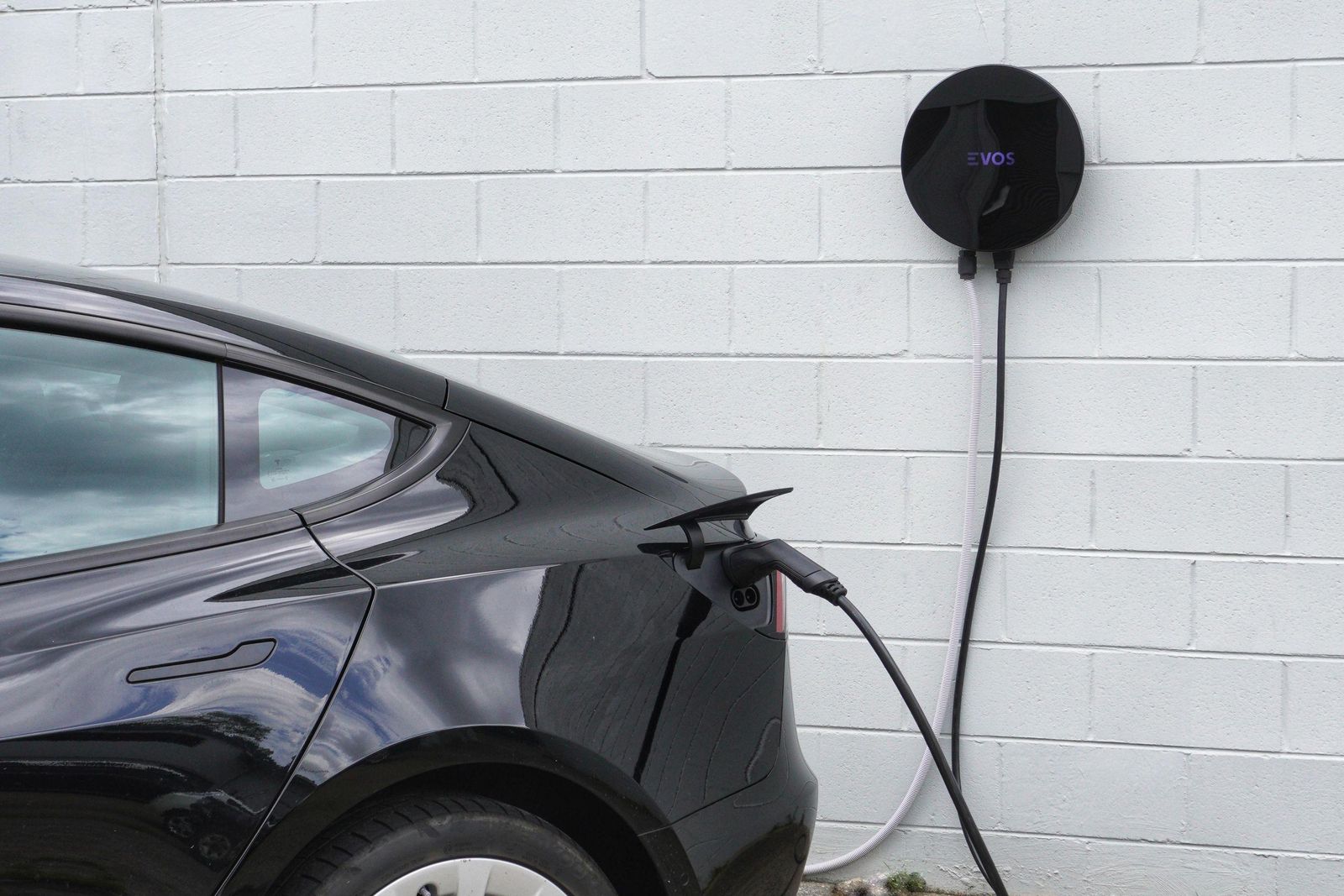Power costs are set to leap by as much as 25 per cent throughout Australia’s most populous states, which can have an effect on every little thing from lighting your private home to charging your electrical car in a single day.
The Australian Power Regulator (AER) has confirmed electrical energy costs will enhance by as much as 25 per cent for patrons on the Default Market Supply (DMO), relying on the state, from July 1.
That’s increased than the will increase of between 20 and 22 per cent detailed in a draft again in March, with the AER saying it has factored within the newest inflation forecasts.
The DMO is an electrical energy worth security web utilized to households and small enterprise clients on commonplace retail plans in South Australia, New South Wales and south-east Queensland – round 600,000 clients in whole.
Under are indicative worth will increase, with figures primarily based on totally different kWh charges: 10,027kWh for small companies, and between 3911kWh and 4913kWh for residences with out managed load, for instance.
| YOY change for residential with out managed load | YOY change for residential with managed load | YOY change for small enterprise with out managed load | |
|---|---|---|---|
| Ausgrid (NSW) | +$315, up 20.8 per cent | +$440, up 20.7 per cent | $639, up 14.7 per cent |
| Endeavour (NSW) | +$392, up 21.4 per cent | +$594, up 24.9 per cent | $816, up 21.6 per cent |
| Important (NSW) | +$435, up 20.8 per cent | +$487, up 19.6 per cent | +$860, up 17.5 per cent |
| Energex (SE QLD) | +$349, up 21.5 per cent | +$402, up 20.5 per cent | +$756, up 21.9 per cent |
| SAPN (SA) | +$439, up 23.9 per cent | +$512, up 22.5 per cent | +$1310, up 28.9 per cent |
Victorians may even be slugged with a worth hike from July 1, with the state’s Important Providers Fee asserting an annual worth enhance of 25 per cent for the Victorian Default Supply (VDO), citing excessive wholesale vitality market costs.
That works out to an additional $352 for residential clients, primarily based on annual utilization of 4000kWh, and $752 for small enterprise clients, primarily based on annual utilization of 10,000kWh.
The VDO was launched in 2019 to supply clients with a “easy, trusted, fairly priced” standing supply set independently by the regulator, and serves as a reference worth for customers evaluating retail provides.
It isn’t essentially the bottom worth accessible, with retailers usually providing discounted costs to draw clients.
Round 400,000 residential clients and 55,000 small companies are on the VDO, whereas it’s additionally the utmost quantity that may be charged by round 150,000 customers in “embedded networks” similar to buying centres and residence buildings.
“We all know households and small companies proceed to face cost-of-living pressures on many fronts, and that’s why it’s essential the DMO supplies a security web for many who won’t have shopped round for a greater energy deal,” mentioned AER chair Clare Savage.
“In setting the DMO worth this 12 months we’ve sought to guard customers from unjustifiably excessive costs and on the identical time permit retailers to supply customers higher offers than their commonplace plans.
“Nobody needs to see rising costs, and we recognise it is a tough time, that’s why it’s essential for customers to buy round for a greater deal through the use of the free and unbiased invoice comparability web site www.energymadeeasy.gov.au and to examine rebate and concession eligibility.
“Customers struggling to pay their vitality payments ought to at all times contact their retailer as quickly as attainable as a result of, below the nationwide vitality legal guidelines, retailers should present help.”
The Australian Authorities launched new vitality invoice rebates as a part of the most recent Federal Price range, with eligible households in a position to obtain as much as $500 in New South Wales, Queensland and South Australia.
Most often, these rebates are utilized robotically by your vitality supplier.
In Victoria, eligible households may obtain $250 plus a further one-off $250 by way of Victoria’s Energy Saving Bonus Fee.
“We heard from stakeholders that cost-of-living pressures are making it difficult for a lot of in our neighborhood,” mentioned Victoria’s Important Providers Fee chairperson Kate Symons.
“We wish to be sure Victorians are conscious of their vitality client rights and protections, and state and federal authorities vitality invoice aid packages, as increased wholesale vitality costs begin to circulation by way of to retail markets and client payments.
“In case you are a residential buyer and also you’re having bother paying your invoice, you’re entitled, below Victorian vitality regulation, to help out of your retailer.
“Ask your vitality retailer about cost plans, and what concessions, rebates or utility aid grants can be found.”




